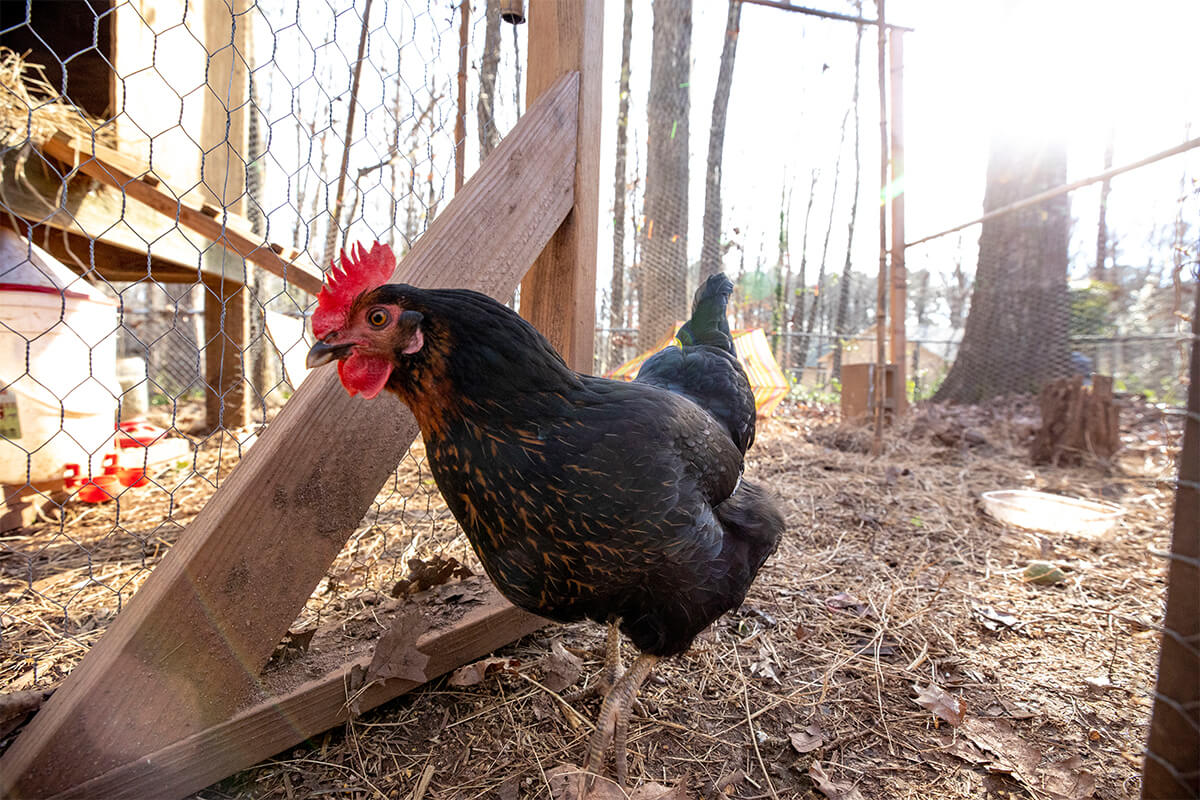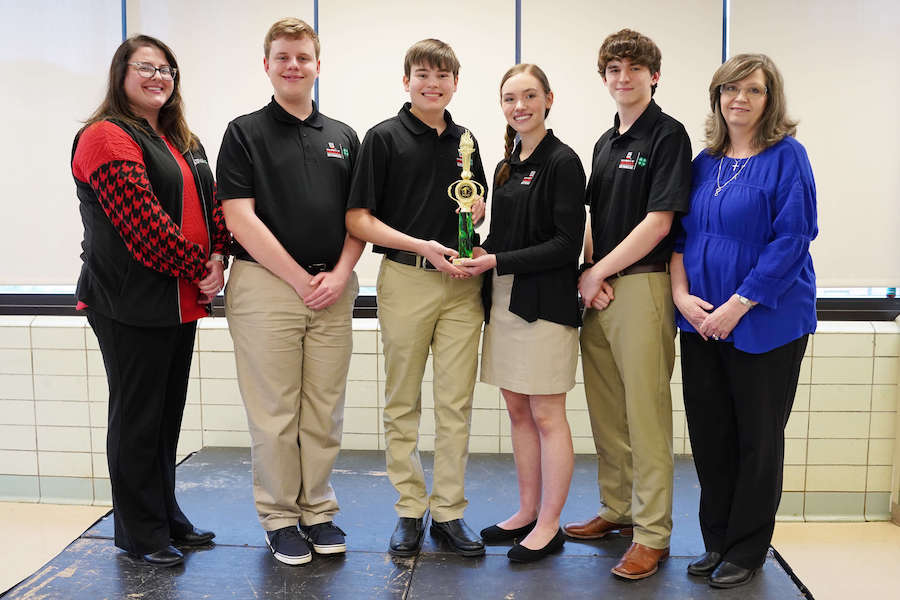 CAES News
CAES News
UGA Venture Prize
When Kristen Dunning participated in her first UGA Entrepreneurship Idea Accelerator Program, she was a woman with sensitive skin, a knack for plants and a dream of selling soap to the masses.


.jpeg)






